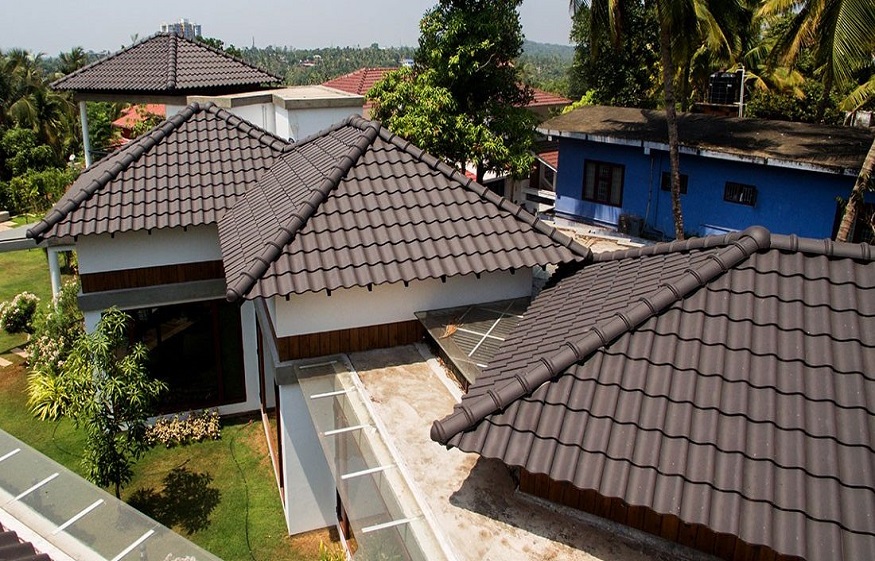The Spanish colonizers might have been long gone, but their culture and heritage remain. A good example is the hacienda houses in Florida. Here are the key elements of this popular architectural style.
Florida may be America’s Sunshine State, but its cities’ and counties’ names, culture, and heritage still speak so much about Spain.
That isn’t surprising, considering the once-leaders of the New World happened to drop by twice in the peninsula—the second time, for a much longer period.
In fact, Juan Ponce de Leon, who was then busy looking for the Fountain of Youth, gave the state its name. On Easter Sunday in 1513, he chanced upon the land and called it La Pascua de la Florida, partly to mean “passion of the flowers.”
De Leon eventually died of mortal wounds after fighting with the native inhabitants of the peninsula, but the second try in St. Augustine about 52 years later allowed Spanish culture to flourish, some of which remain today. Among these remnants is the Hacienda architecture.
What Is a Hacienda Home?
The term “hacienda” can refer to two things: the landed estates and the style of architecture that became popular not only in Spanish-colonized areas in the United States but in the rest of the Americas.
The hacienda system was the norm in places like Peru, Mexico, and Argentina, where the Spaniards established cities and distributed big parcels of land to various groups, particularly the conquistadors. This arrangement further became well-known when commerce shifted from mining to agriculture.
Florida, though, was different from these areas in South America. It didn’t have gold and other minerals, and it wasn’t truly a trading hub. The Spaniards instead valued it for its strategic location near the gulf, where the strength of the stream current facilitated faster shipping.
Traders and navigators also sought refuge in the area between their travels or during hurricanes, which the state is highly known for.
Over time, Florida became a haven for Europeans who wanted to get away from the frigid winters of the continent, bringing along with them the home-style architecture they were most familiar with.
The Spanish period ended in the 1800s, but the estates and houses remained. The style experienced a resurgence during the Colonial Revival Movement that flourished in the 1900s. As the name suggests, homebuilders went back to their roots by resurrecting traditional housing styles.
How to Design a Hacienda-Style Property
Today, Florida’s hacienda-style homes command high prices. They could be worth between $550,000 and millions of dollars, depending on the style, size, maintenance, and location. The average home price in the state, according to Zillow, is less than $300,000.
The interiors of these homes can also widely vary, with some sporting more modern interiors from furniture to decors. Nevertheless, hacienda-style properties often share similar key features:
1. Clay Roofs
Those who want to build or adopt a hacienda-style architecture can work with roof tiling experts to achieve the effect. These houses use clay roof tiles for many reasons.
First, clay is easy to find in Florida. Second, it’s an ideal material based on the climate the state has. Since it reflects the heat of the sun, the inside can remain cool during the summer and trap heat in the winter.
Third, tiled roofs are excellent insulators. They can also work as noise barriers, so homeowners can enjoy some privacy and better sleep.
Dealing with experts ensures that the roofing can follow the design of hacienda houses, which sport tube-shaped red clay tiles to promote better ventilation. The shape allows cool air to enter and circulate inside the home.
2. Archways
As they say, the devil is in the details. When it comes to hacienda-style architecture, the overall design is actually simple but elegant. One great proof is the archway, which is often rounded as opposed to pointed, Gothic, or segmental.
Not much is known how or why the Spaniards loved this design, but some data suggest that this may be inspired by pre-Romanesque architecture, which was a period of experimentation in design and innovation.
In these homes, the arches may be complemented by Greek columns or attached to the stucco walls. Either way, it may serve another purpose, which is to distribute the wall’s weight out.
3. Stucco Adobe Walls
Hacienda homes use adobe for their walls because of its great thermal mass. Like the red clay roof tiles, the material can retain heat when the temperature drops and keeps the space cool as summer becomes more intense.
But adobe isn’t the most pleasant-looking building material on the planet. Thus, homebuilders often combined this with stucco walls, which are renders composed of binder, water, and aggregates. Stuccoes help create a more intricate wall finish, while painting it with white makes a cleaner, minimalist look.
Florida’s time with the Spaniards wasn’t all nice and dandy, but there’s no doubt that the architectural style it introduced made the state a beautiful mixture of traditional culture and the modern world today.






More Stories
Siren’s Serenity: Rejuvenation Aboard a Zakynthos Yacht Charter
5 Major Advantages of Using Salary Benchmarking Solutions
Tips To Choose The Best Personalized Ear Plugs